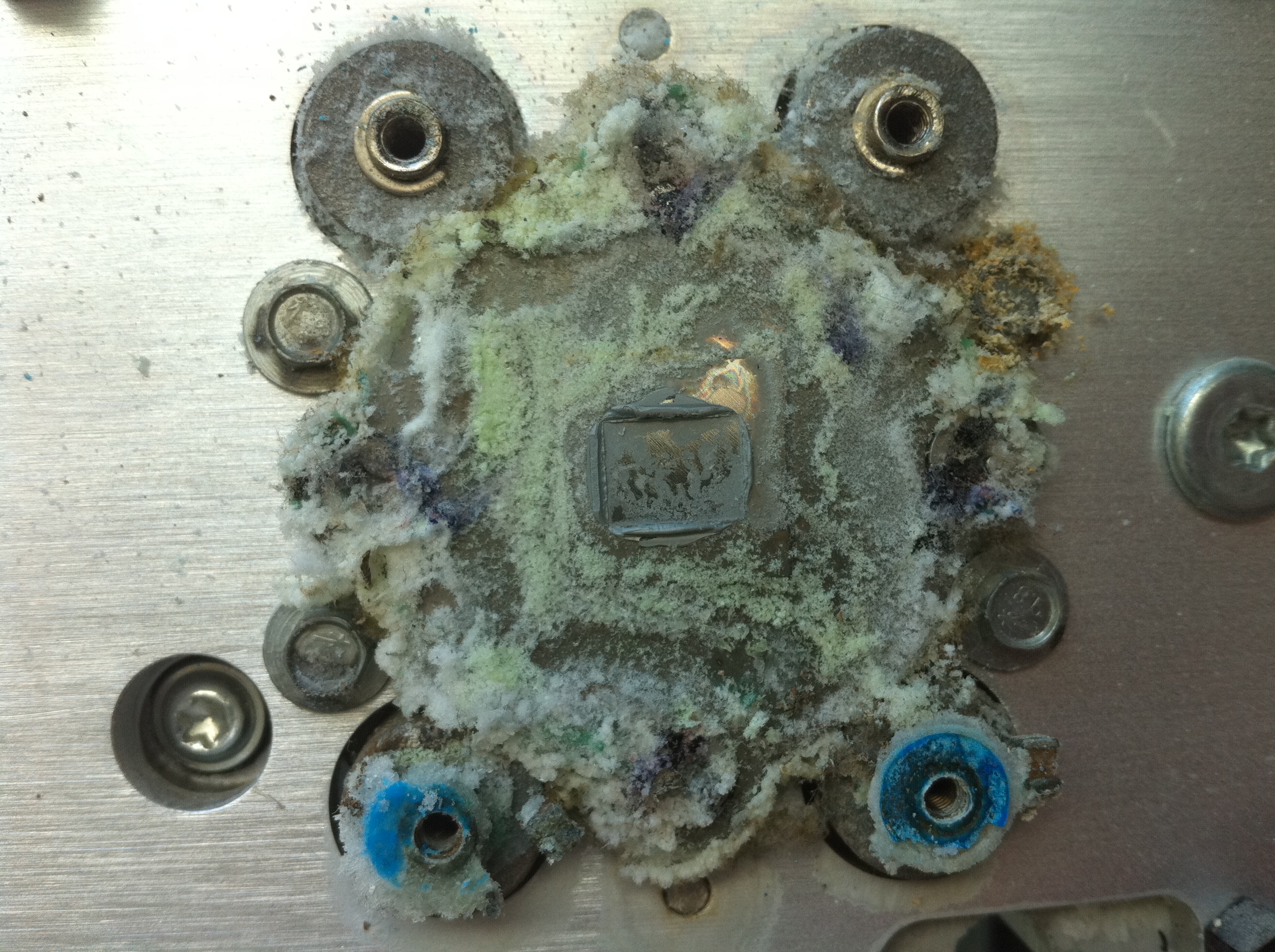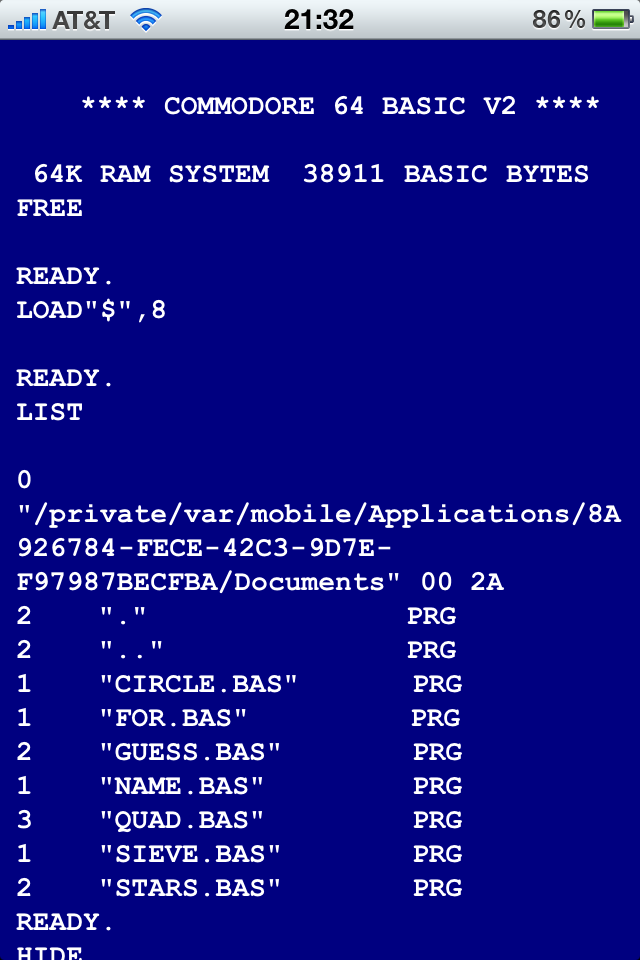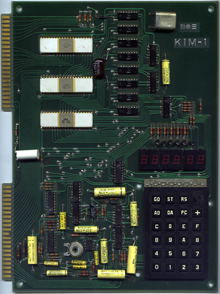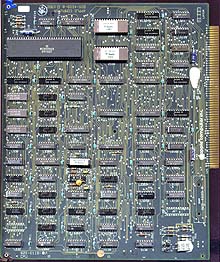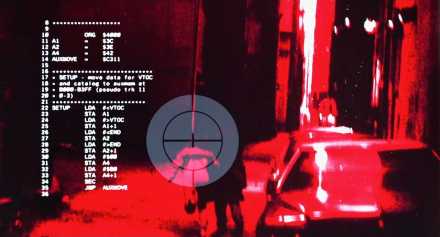For Lisa, the World Ended in 1995
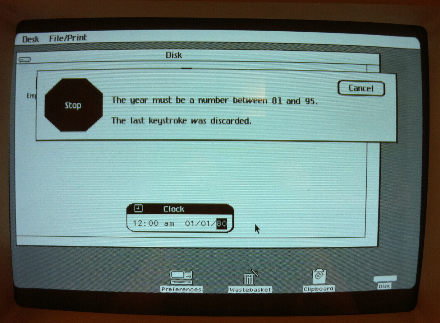
If you try to set the clock in Lisa OS 3.1 to 2010, you’re out of luck:
Name that Ware
Standalone Commodore BASIC on the iPhone/iPad
You might remember the hassle about the Commodore 64 emulator in the iPhone App Store about a year ago: First it was approved, but then pulled again, because it allowed access to the C64’s BASIC – general-purpose interpreters were not allowed. After Apple relaxed this restriction, BASIC was added again.
Internals of BRK/IRQ/NMI/RESET on a MOS 6502
After 35 years of measuring the behaviour of the MOS 6502 CPU to better understand what is going on, the Visual6502 simulator finally allows us insight into the chip, so we can understand what the CPU does internally. One interesting thing here is the question how the 6502 handles BRK, IRQ, NMI and RESET.
Measuring the ROR Bug in the Early MOS 6502
The MOS 6502 CPU was introduced in September of 1975, and while the documentation described the three shift/rotate instructions ASL, LSR and ROL, the ROR instruction was missing – the documentation said that ROR would be available in chips starting in June 1976. In fact, the reason for this omission was that the instruction, while being present, didn’t behave correctly. Only few 6502s with the defect are in existence, and nobody seemed to have checked what was actually going on in these chips.
Measuring the Entropy of the MOS 6502 CPU
Everything can be expressed in bits. It takes 4 kilobits to decompress ZIP data, 25 kilobits to kill a human, 43 megabits for a working Mac OS X kernel, and 10^120 bits to describe our universe. What is the entropy/complexity of the 6502 CPU, you might wonder?
Why is there no CR1 – and why are control registers such a mess anyway?
If you want to enable protected mode or paging on the i386/x86_64 architecture, you use CR0, which is short for control register 0. Makes sense. These are important system settings. But if you want to switch the pagetable format, you have to change a bit in CR4 (CR1 does not exist and CR2 and CR3 don’t hold control bits), if you want to switch to 64 bit mode, you have to change a bit in an MSR, oh, and if you want to turn on single stepping, that’s actually in your FLAGS. Also, have I mentioned that CR5 through CR15 don’t exist – except for CR8, of course?
High-Res Pictures of a MOS KIM-1
The MOS KIM-1 is a quite rare collector’s item today. So if you hold one in your hands, you better take some high resolution pictures of the board. Here they are:
Who invented the computer?
- In 1837, Charles Babbage designed a general purpose computer, the Analytical Engine, but never built it.
- Between 1934 and 1937, Church, Turing et al. defined the general purpose computer, but didn’t design one.
- In 1941, Konrad Zuse built the first general purpose computer, the Z3, but didn’t know it was general purpose and didn’t use it that way.
- From 1943 to 1946, Mauchly and Eckert finally built a computer, ENIAC, that was designed to be general-purpose.
Pictures of Apple Lisa 2 Boards
Amiga intern (PDF)
(German) Die Qualität dieses Scans ist furchtbar, aber wenigstens ist die PDF durchsuchbar.
LOAD"$",8
Commodore computers up to BASIC 2.0 (like the Commodore 64, the VIC-20 and the PET 2001) only had a very basic understanding of mass storage: There were physical device numbers that were mapped to the different busses, and the “KERNAL” library had “open”, “read”, “write” and “close” functions that worked on these devices. There were also higher-level “load” and “save” functions that could load and save arbitrary regions of memory: The first two bytes of the file would be the (little endian) start address of the memory block.
This is Copyright 1983 Microsoft – NOT!
If you look at a hexdump of any version of the Logitech mouse driver for MS-DOS, you will see the following:
Apple Copland Reference Documentation
The Copland project was Apple’s ill-fated attempt in the mid 1990s to replace the aging classic Mac OS with a more modern operating system that had a microkernel, virtual memory and preemptive multitasking. Information on Copland is scarce, therefore I have compiled 20 hard to find Copland reference documents, as well as the 359 page book “Mac OS 8 Revealed”.
Apple Lisa Operating System Reference Manual (PDF, 1983)
The Apple Lisa from 1983 was the first consumer-class computer with a graphical user interface and significantly more advanced than the 1984 Macintosh, which had a similar UI, but a comparatively primitive underlying OS. Here, I present a searchable PDF of the rare “Operating System Reference Manual for the Lisa” (1983), as well as a quick overview of the OS and how it compares to UNIX.
Tripos, the Roots of AmigaDOS
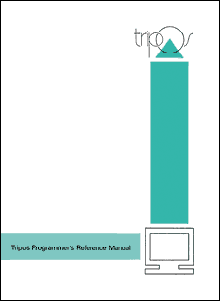
The core of the Amiga Operating systems consists of the three major components Exec (scheduling, memory management, IPC), Intuition (GUI library) and AmigaDOS (process and file management). AmigaDOS is based on the Tripos operating system which Commodore bought because development of their own DOS subsystem failed to meet deadlines. In this article, I am presenting searchable PDFs of the very rare Tripos manuals (638 pages) as well as the AmigaDOS manual (304 pages). Comparing the two documents will share some insight in the relationship between Tripos and Amiga OS.
Reverse-Engineering DOS 1.0 – Part 2: IBMBIO.COM
Update: The source is available at github.com/mist64/msdos1
Reverse-Engineering DOS 1.0 – Part 1: The Boot Sector
Update: The source is available at github.com/mist64/msdos1
The 6502 in "The Terminator"
In the first Terminator movie, the audience sees the world from the T-800’s view several times. It is well-known that in two instances, there is 6502 assembly code on the T-800’s HUD, and many sites have analyzed the contents: It’s Apple-II code taken from Nibble Magazine. Here are HD versions of the shots, thanks to Dominik Wagner:
The History of OS Migration
Operating system vendors face this problem once or twice a decade: They need to migrate their user base from their old operating system to their very different new one, or they need to switch from one CPU architecture to another one, and they want to enable users to run old applications unmodified, and help developers port their applications to the new OS. Let us look at how this has been done in the last 3 decades, looking at DOS/Windows, Macintosh, Amiga and Palm.
